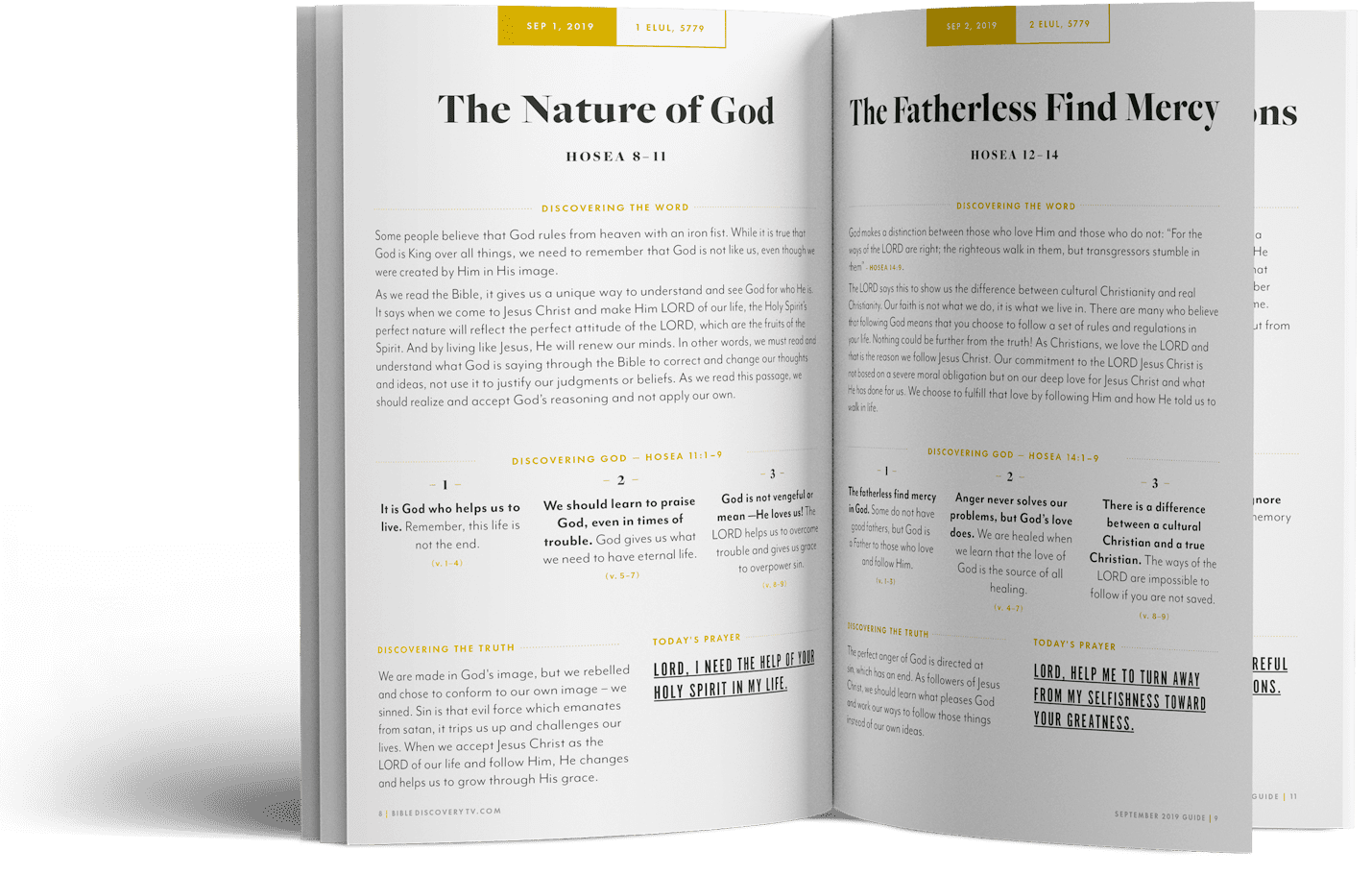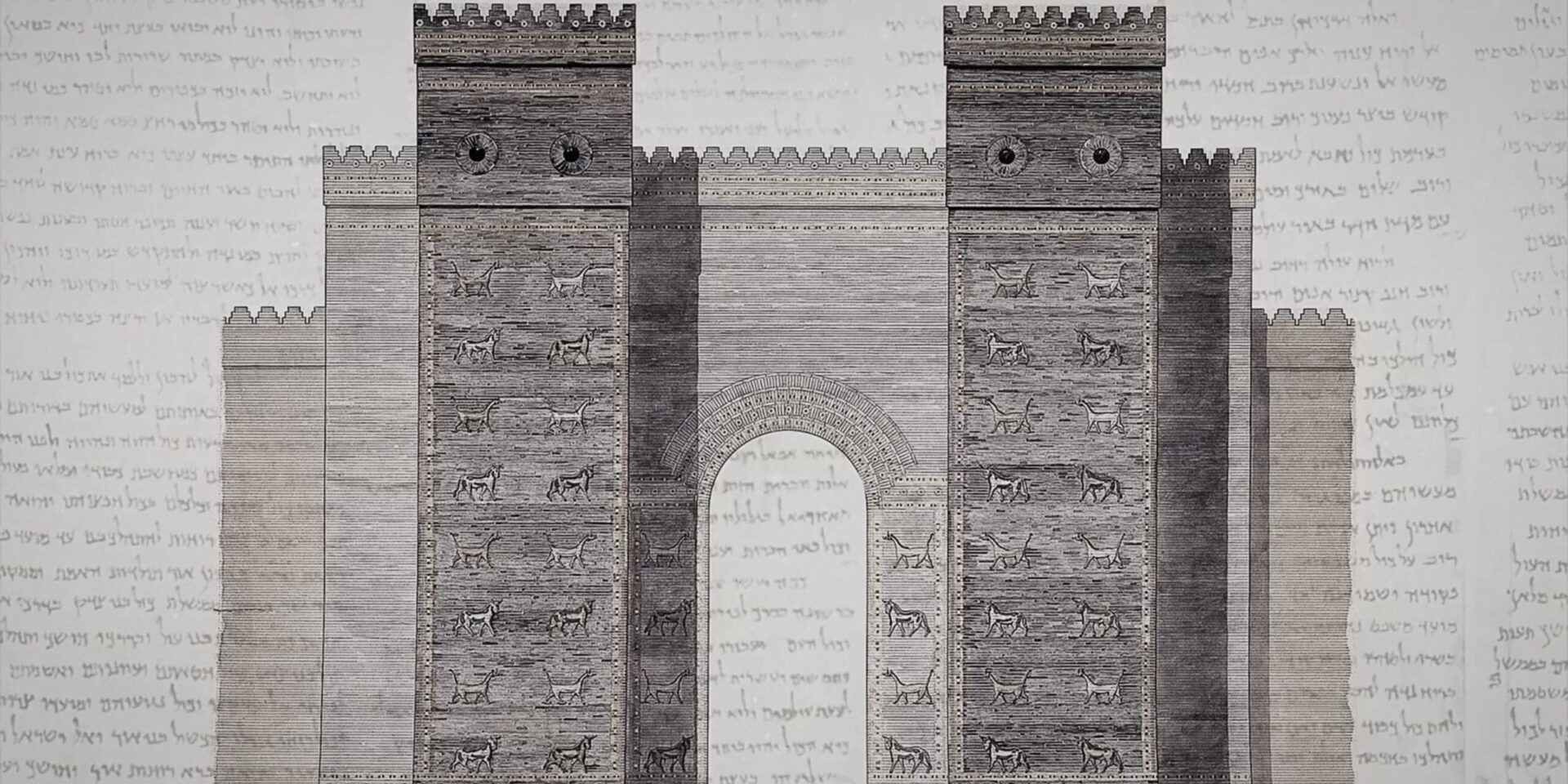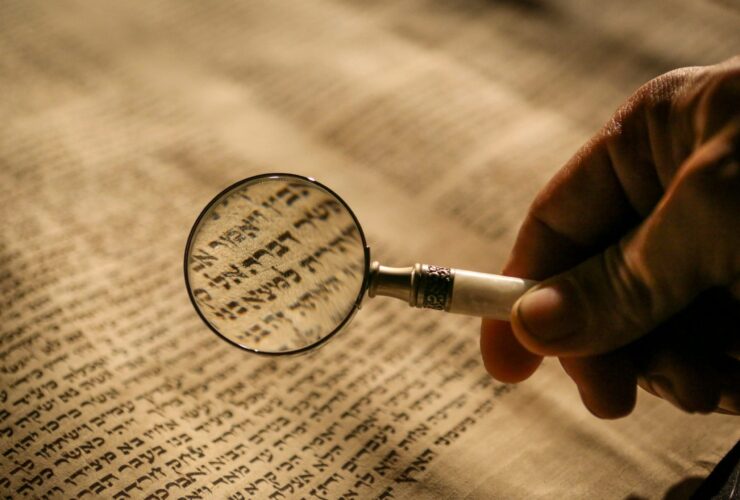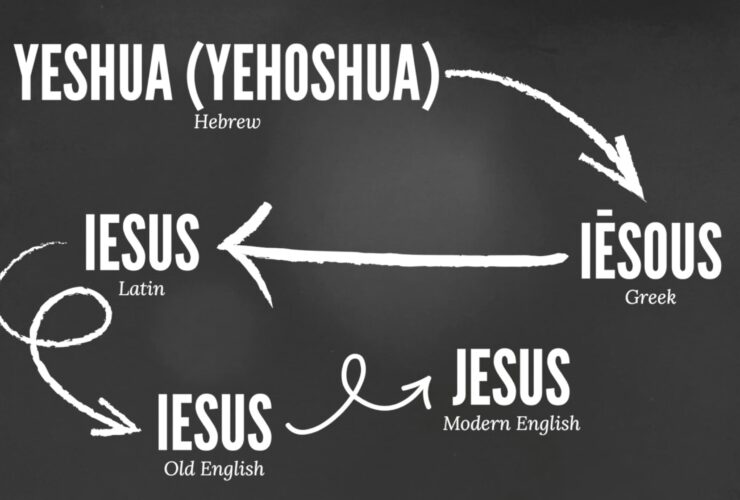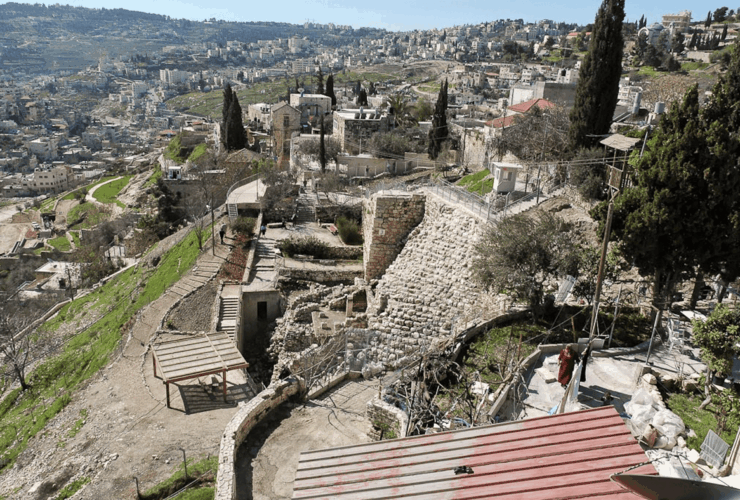City gates in the Biblical world had many functions. And if you look closely, all of the functions known from history are demonstrated in the Bible. First, we need to understand the layout of city gates. They weren’t just oversized doorways; a lot of planning went into their construction as their most obvious function was defense. They were a natural weak point in the city wall that had to be fortified. Double gates were often employed to solve this problem, there would be an outer gate, a courtyard and then an inner gate. This double gate system created a public space, its courtyard, that was home to all sorts of interactions.
The Bible often tells us that the elders of a city sat in the gate, presumably the courtyard (Deut. 22:24; 25:7, Joshua 20:4, Prov. 31:31, Psalm 69:12, Job 29:7, Esther 2:19; 3:3). Here the elders were responsible for facilitating and witnessing business transactions, like Boaz becoming Ruth’s kinsmen redeemer in Ruth chapter 4:1-13, and the elders were responsible for delivering legal judgement. In Deuteronomy we learn how people accused of crimes would be brought before the elders at the gates (Deut. 21:19), and that if the death penalty was given, it was done right there (Deut. 17:5 – stoning). This is no doubt one of the reasons that Deuteronomy also admonishes the Israelites to write the laws of God on their gates (Deut.6:9; 11:20), keeping those elders on target!
Public messages could also be delivered at the gate (Proverbs 1:21), and 2 Kings 7 tells us that flour and barley were either sold here, or their prices were determined here. Interestingly, archaeology has revealed large public buildings close to city gate complexes; these are sometimes interpreted as stables but may actually be public storerooms where goods could be purchased.[1]
“When I went to the gate of the city and took my seat in the public square.”
Job 29:7
Once Israel appointed a king over themselves, he too had a special spot at the city gate. King David has an interesting history to do with city gates. What may have been his most humiliating moment happened at one – he faked a severe mental breakdown to escape a powerful enemy (1 Sam.21:13). He survived though, which leads to another unfortunate event later in his life. His son Absalom had launched rebellion against him, initiated by stopping people on their way to Jerusalem’s gate to receive David’s judgment (2 Sam 15:2). David reluctantly launched a counterattack after full war was declared, the Bible is very specific in detail here: David stands by the gate while his entire military walks out to battle, then sits in his seat in the gate waiting, when he receives the news of Absalom’s death he’s overcome and leaves the gate to cry, which is a bad sign for the people, apparently the king’s authority in the gate after war was essential, so David comes back and resumes his place of authority (2 Samuel 18-19).
Excavations at the northern city of Tel Dan revealed a gate complex dating to the 9th century BC (time of Israel’s king Ahab). There was a built-in bench – perhaps where elders would sit, but most intriguingly of all there was a raised platform with decorative stone sockets likely used to hold the poles of a canopy.[2] A seat fit for a king.
The archaeological record also seems to indicate that shrines and religious ceremonies were conducted at city gates. Amazingly there is also evidence for the religious reforms of King Hezekiah! This evidence was found in the form of an ancient toilet meant to forever pollute a pagan shrine in the gate complex of Lachish, a fortified city close to Jerusalem.[3] But for the official religion of early Israel, the Temple of God in Jerusalem actually had its own gate complexes. We know from 2 Chronicles 31 (:2) that praises were sung at the Temple’s gates. Psalms no doubt that included Psalm 24 itself, “Lift up your heads oh you gates”. We also know that the prophet Jeremiah was commanded to deliver a prophecy at one of the Temple’s gates (Jeremiah 7:2).
With this Biblical context of the city gate, is it any wonder that Jeremiah’s prophecy would have been a devastating prediction? “I am about to summon all the peoples of the northern kingdoms,” declares the Lord. “Their kings will come and set up their thrones in the entrance of the gates of Jerusalem; they will come against all her surrounding walls and against all the towns of Judah.” (Jer. 1:15). Or how years after the destructionn and humiliation of Jerusalem Nehemiah could say., “Why should my face not look sad when the city where my ancestors are buried lies in ruins, and its gates have been destroyed by fire?” City gates in the ancient world were representative of the life of the city, and perhaps there were as much of a vulnerability morally as they were physically.

Corie Bobechko is a daily co-host, speaker, and writer of Bible Discovery. She also hosts a YouTube channel that shows how history and archaeology prove the Bible. Her heart for seekers and skeptics has led her to seek truth and share it with others. Corie also has a Bachelor of Theology from Canada Christian College.
[1] Kochavi, Moshe. “Tripartite Buildings: Divided Structures Divide Scholars,” Biblical Archaeology Review 25.3 (1999): 44–47, 49–50.
[2] Laughlin, John C. H. “The Remarkable Discoveries at Tel Dan,” Biblical Archaeology Review 7.5 (1981): 20–37.
[3] Ganor, Saar, and Igor Kreimerman. “Going to the Bathroom at Lachish,” Biblical Archaeology Review 43.6 (2017): 56–60.


